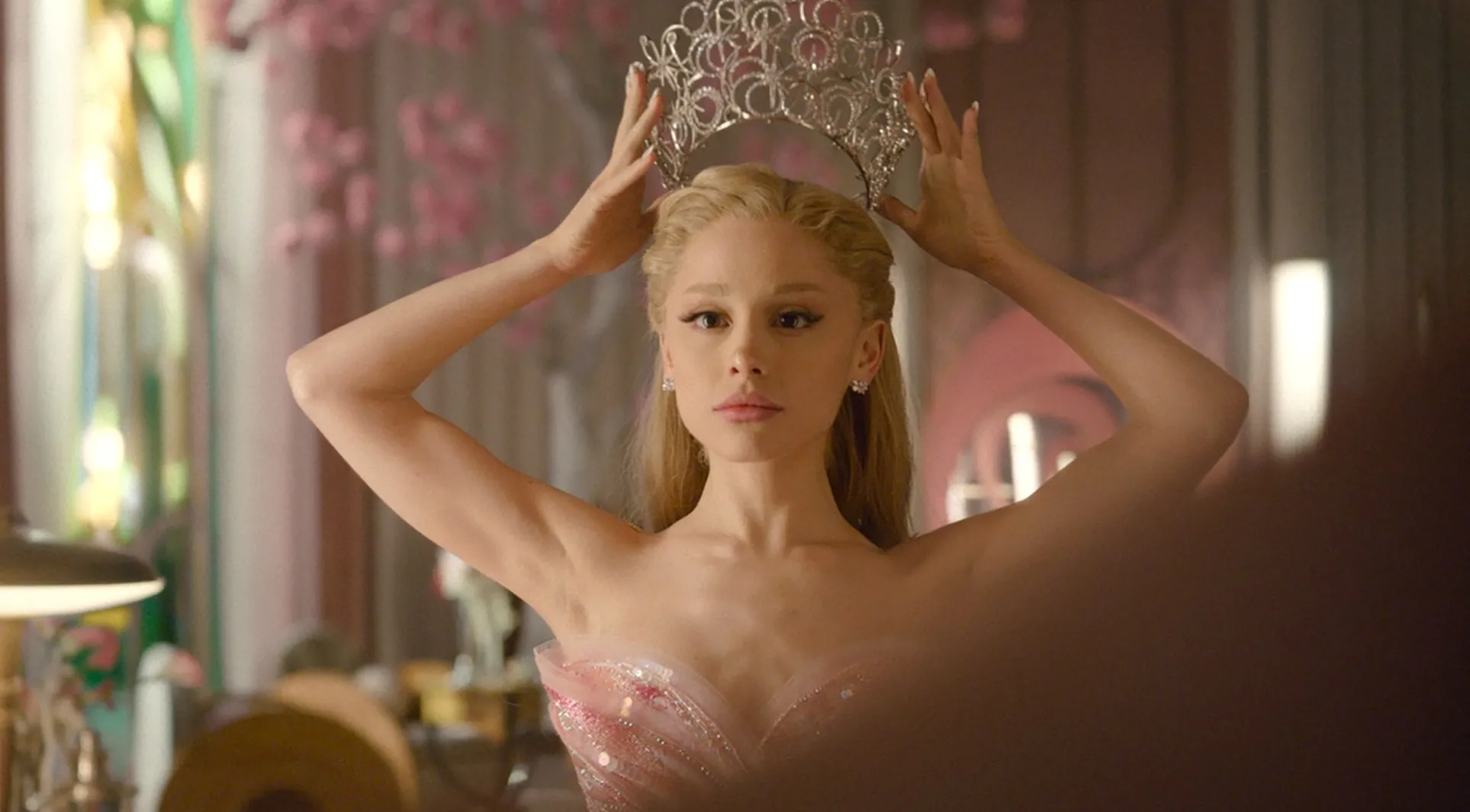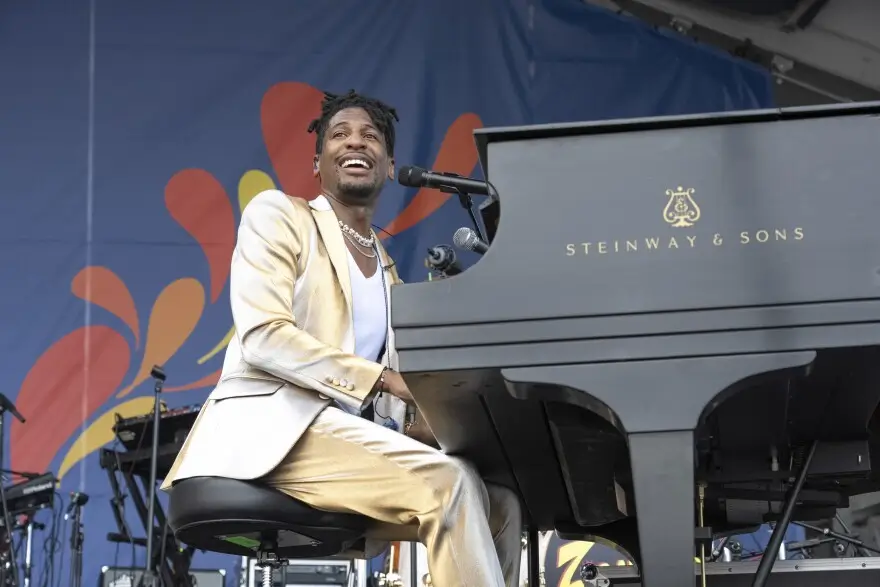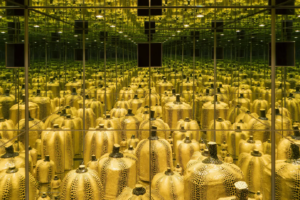There are merges that move product, and then there are merges that move culture. The prior “No me quiero ir de aquí” merchandise line between Bad Bunny and FRSH Company sits squarely in the latter category.
It isn’t just a drop of hoodies, tees, or accessories. It’s a declaration — a wearable love letter to Puerto Rico, born at the intersection of streetwear, music, and national identity. The phrase itself, translating to “I don’t want to leave from here,” captures an emotional truth that resonates far beyond a concert stage or a retail pop-up.
In a time when global artists routinely rely on massive merch conglomerates, this collaboration represents a deliberate return home. It’s rooted in community, in shared memory, and in the local creative ecosystem that helped shape Bad Bunny long before he became an international icon.
The hoodie, featuring a portrait of Bad Bunny and the nostalgic phrase arching above in stylized lettering, becomes a medium through which culture is both celebrated and worn — literally, on one’s sleeves.
frsh company
To understand the full impression of this mission, one must first understand the brand that stands beside Bad Bunny. FRSH Company, founded by Harry Maldonado in San Juan, Puerto Rico, emerged in the 2010s with a mission that was less about fashion and more about cultural reclamation.
In Puerto Rico, the fashion landscape had long been dominated by imported aesthetics — surfwear, American fast fashion, and global sneaker culture. Maldonado saw a gap. He envisioned a brand that reflected the island’s own language, pride, and rhythm — a style that was of Puerto Rico, by Puerto Rico, and for Puerto Rico.
What began as a small independent project gradually transformed into one of the island’s most recognizable streetwear labels. The name itself, “FRSH,” implied renewal — a reset of what urban identity looked like in the Caribbean context.
The company built its reputation through capsule drops, collaborations with local artists, and a clear visual language that merged European minimalism with the expressive, textured reality of Puerto Rican street life. Graffiti, reggaetón, pastel-colored architecture, and Caribbean light all found their way into FRSH’s graphic design.
By the time Billboard profiled Maldonado in 2019, FRSH had already positioned itself as the fashion pulse of Puerto Rico’s youth culture. For many, it became synonymous with authenticity — a counterpoint to the foreign and the mass-produced.
evolve
Few global artists have wielded their fame to spotlight local identity as deliberately as Bad Bunny. Born Benito Antonio Martínez Ocasio in Vega Baja, he has built his career on authenticity — unapologetically Puerto Rican, unfiltered, and politically aware.
From his earliest public appearances, Bad Bunny incorporated local brands into his visual language. He wore FRSH Company gear before major media outlets even knew what FRSH was. It wasn’t a brand endorsement — it was cultural shorthand. When fans saw the logo or the designs, they recognized a shared experience.
As Bad Bunny’s career ascended — from SoundCloud artist to global superstar, from YHLQMDLG to Un Verano Sin Ti— his fashion sensibility evolved too. He began blending the luxury vocabulary of brands like Gucci, Balenciaga, and Jacquemus with the street sensibility of FRSH Company and other local creatives.
This juxtaposition became central to his image: high fashion meets island life, avant-garde meets grassroots. The aesthetic was a reflection of modern Puerto Rico — a place that exists simultaneously within and beyond the global mainstream.
So when news spread that the “No me quiero ir de aquí” merch would be available exclusively at the Coliseo de Puerto Rico, fans immediately understood that this was more than a concert souvenir. It was a continuation of Bad Bunny’s long-standing philosophy of bringing global attention back to local roots.
flow
The phrase “No me quiero ir de aquí” carries an emotional weight that transcends its literal translation. It’s the kind of statement that feels at once simple and profound — an expression of attachment, of belonging, of the bittersweet awareness that moments are fleeting.
In the context of Bad Bunny’s residency at the Coliseo de Puerto Rico, the words take on multiple meanings. They evoke the joy of being home, performing in front of his own people, after years of global touring. They also suggest the reluctance to let go — of the stage, of the island, of the collective energy that defines his performances.
Printed across a hoodie designed by FRSH Company, the phrase becomes portable nostalgia. It’s both a statement and a souvenir, something to wear long after the lights go down and the music fades.
The design itself reflects this mood. On the hoodie, a stylized image of Bad Bunny is rendered with a sense of quiet intensity. His hood is drawn, his gaze steady, his demeanor contemplative. The phrase arcs gently above, surrounded by stars — a celestial metaphor for both fame and fragility.
In a world of overly commercial tour merchandise, this feels different. It’s not a brand logo plastered for recognition. It’s art with emotion.
View this post on Instagram
identity
FRSH Company’s design ethos has always been rooted in storytelling. Each drop is more than apparel; it’s a coded message for those who understand Puerto Rico’s cultural DNA.
Their approach to streetwear draws heavily from hip-hop culture, skate aesthetics, and Caribbean visual expression, while maintaining a certain refined simplicity. Hoodies, tees, and accessories are often presented in monochromatic palettes with subtle yet meaningful graphics — an intentional resistance to the flashier tendencies of global streetwear giants.
The craftsmanship of FRSH’s garments also reflects its values. The brand focuses on quality over volume, favoring limited releases that encourage emotional connection. Owning a FRSH piece isn’t just about fashion; it’s about being part of a collective narrative — one that celebrates local pride and creative resilience.
In this collab, the design sensibility of FRSH aligns perfectly with Bad Bunny’s ethos. Both stand for authenticity, independence, and identity. Both reject the idea that global appeal requires sacrificing local truth.
the pop-up
One of the most compelling aspects of this collaboration is its distribution strategy. The merch isn’t available online, nor through mass retailers. Instead, it’s sold in person, at an inflatable FRSH Company pop-up outside the Coliseo de Puerto Rico, directly across from the box office.
Operated Friday through Sunday, from 5:30 p.m. to 12:30 a.m., the pop-up transforms merchandise purchasing into a ritual. Fans line up under the island sky, surrounded by the hum of anticipation. The experience mirrors the concert itself — communal, emotional, fleeting.
This approach redefines the role of merchandise. Rather than being an afterthought, it becomes an extension of the live event, a part of the performance ecosystem. Purchasing the hoodie isn’t a transaction; it’s participation.
The pop-up’s design — inflatable, temporary, almost surreal — underscores the transience of the moment. Just as the residency will end, so will the availability of the merch. In a sense, the setup itself becomes a physical metaphor for the theme of the drop: “I don’t want to leave.”
wear
Bad Bunny has long blurred the boundaries between these worlds. His visuals, stage sets, and wardrobe choices consistently fuse fashion and feeling. But this collaboration crystallizes something deeper: a wearable emotion.
The hoodie becomes a medium through which fans connect to the artist’s narrative. For many Puerto Ricans — both on the island and in the diaspora — the phrase evokes the tension between staying and leaving, between home and the wider world.
That tension is central to the Puerto Rican experience. Generations have migrated in search of opportunity, yet the emotional pull of home remains powerful. Through this simple phrase and the visual presence of a local brand, Bad Bunny and FRSH Company channel that sentiment into a piece of clothing.
It’s no coincidence that fans have flooded social media with photos of themselves wearing the hoodie, often captioning it with quotes about home, pride, or nostalgia. The garment functions as both identity and archive.
the fwd
In a broader sense, this collaboration tells a story about Puerto Rico’s creative renaissance. Across music, art, and fashion, a new generation of talents is redefining the island’s cultural output. Bad Bunny is its most visible symbol, but brands like FRSH Company give it structure and sustainability.
Together, they prove that Puerto Rico isn’t just producing global stars — it’s producing global standards. By turning local pride into exportable art, they reshape how the world sees the island: not as peripheral, but as central to contemporary culture.
The union also captures the current emotional landscape. Amid political and economic uncertainty, the phrase “No me quiero ir de aquí” takes on renewed resonance. It’s a statement of hope, of endurance, of love for a place that remains complex yet irreplaceable.
impression
Ultimately, the “No me quiero ir de aquí” hoodie is more than a piece of merch. It’s a conversation between past and present, between artist and audience, between island and diaspora.
FRSH Company and Bad Bunny have created a collaboration that’s at once humble and monumental — a simple hoodie that carries the weight of identity, belonging, and art.
It’s a reminder that the most powerful cultural expressions don’t always come from luxury ateliers or corporate marketing teams. Sometimes, they come from home — from people who never stopped believing that their island’s voice deserved to be heard.
When Bad Bunny sings, when FRSH Company designs, when fans queue at that inflatable pop-up under the San Juan night — they’re all saying the same thing in their own way:
No comments yet.










